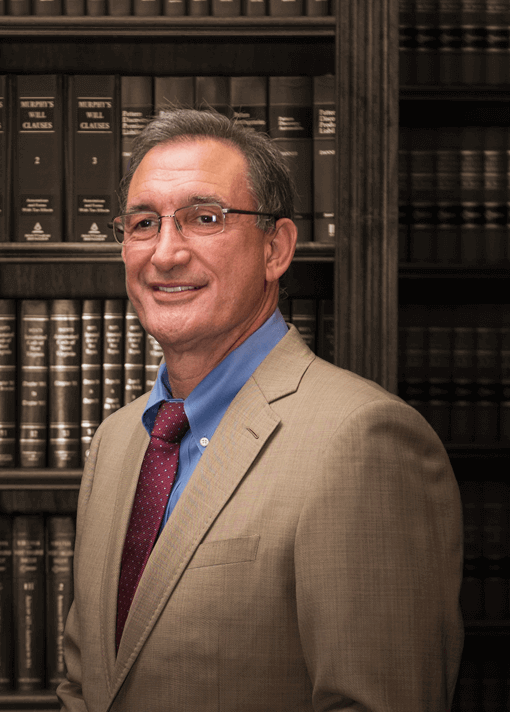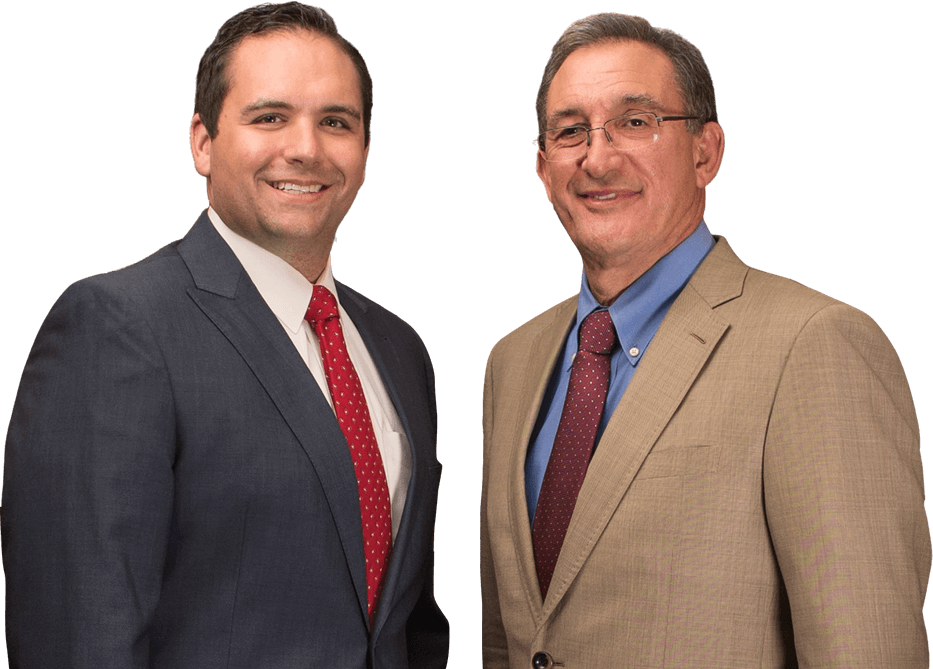
Medical negligence and medical malpractice are two legal concepts that often confuse patients. While both involve patient harm caused by healthcare providers, their differences are significant when pursuing a legal claim. This guide will break down the distinctions, provide real-world examples, and explain the legal implications of each.
“While medical negligence and malpractice result in patient harm, the key difference lies in the healthcare provider’s intent and adherence to professional standards.”
Understanding the distinction between medical negligence and medical malpractice is crucial when deciding on legal action.
While both terms refer to harm caused by healthcare providers, they differ in intent and legal thresholds.
| Aspect | Medical Negligence | Medical Malpractice |
| Definition | Unintentional harm due to carelessness | Harm due to knowingly substandard care |
| Intent | No intent to harm | Provider knew or should have known the risk |
| Legal Threshold | Breach of standard of care | Breach + knowledge of potential harm |
| Common Scenario | Misdiagnosis due to oversight | Performing surgery without necessary tests |
| Required Proof | Duty, breach, causation, damages | Same as negligence + proof of knowing risk |
Medical negligence occurs when a healthcare provider unintentionally fails to meet accepted standards of care, causing accidental harm to the patient.
Some common examples include:
Patients harmed by negligence may seek compensation for:
The compensation amount depends on the severity of the injury and the available evidence.

In cases of medical negligence, the following parties may be held responsible:
Additionally, employers can be held liable for their staff’s actions under the vicarious liability principle. For legal help, contact Manchin Injury Law for expert support.
Imagine a surgeon accidentally nicking a blood vessel during a routine procedure due to a lack of attention.
This is a clear medical negligence case, as the harm was unintentional.
Medical malpractice involves a healthcare provider knowingly acting (or failing to act) in a way that risks harm. It goes beyond negligence because it includes an awareness of potential harm.
For example, a doctor proceeding with a high-risk surgery without conducting mandatory pre-operative tests is a case of medical malpractice. The harm caused could have been avoided with due diligence.
Yes. The time frame for filing a claim varies by state, so seeking legal advice is essential.
The duration of a malpractice case depends on:
Cases can take anywhere from a few months to several years.
Some of the most frequent types of medical malpractice include:
Victims of medical malpractice can recover:

Medical negligence is accidental harm caused by a healthcare provider’s failure to meet standard care practices.
Medical malpractice occurs when harm results from a provider knowingly breaching their duty or ignoring standard care.
Yes, in some cases. A lawyer can help determine whether both apply.
To succeed in a medical malpractice claim, you must prove:
Not exactly. All malpractice involves negligence, but not all negligence rises to the level of malpractice.
If you believe you’ve experienced medical negligence or medical malpractice, take the following steps:
At Manchin Injury Law Group, our experienced attorneys specialize in helping patients like you get the justice and compensation you deserve. Whether you’ve been harmed by medical negligence or medical malpractice, we’re here to provide the legal support you need.
Don’t wait—time limits for filing a claim can vary. Contact us today for a free consultation and take the first step toward holding negligent healthcare providers accountable.

Member at Manchin Injury Law Group
Practice Areas: Medical Negligence, Personal Injury, Automobile Accidents

Attorney Timothy Manchin established the Manchin Injury Law Group in 2011 after his law partner of more than 25 years became a West Virginia circuit court judge. His focus is on helping individual clients and entire families victimized by negligent acts.
We offer a free initial consultation at our office in the Manchin Professional Building — our home since 1983 — conveniently located in Fairmont.
If you are unable to visit our firm, we can come to your home or hospital room.
Fill out the form below to get in touch!